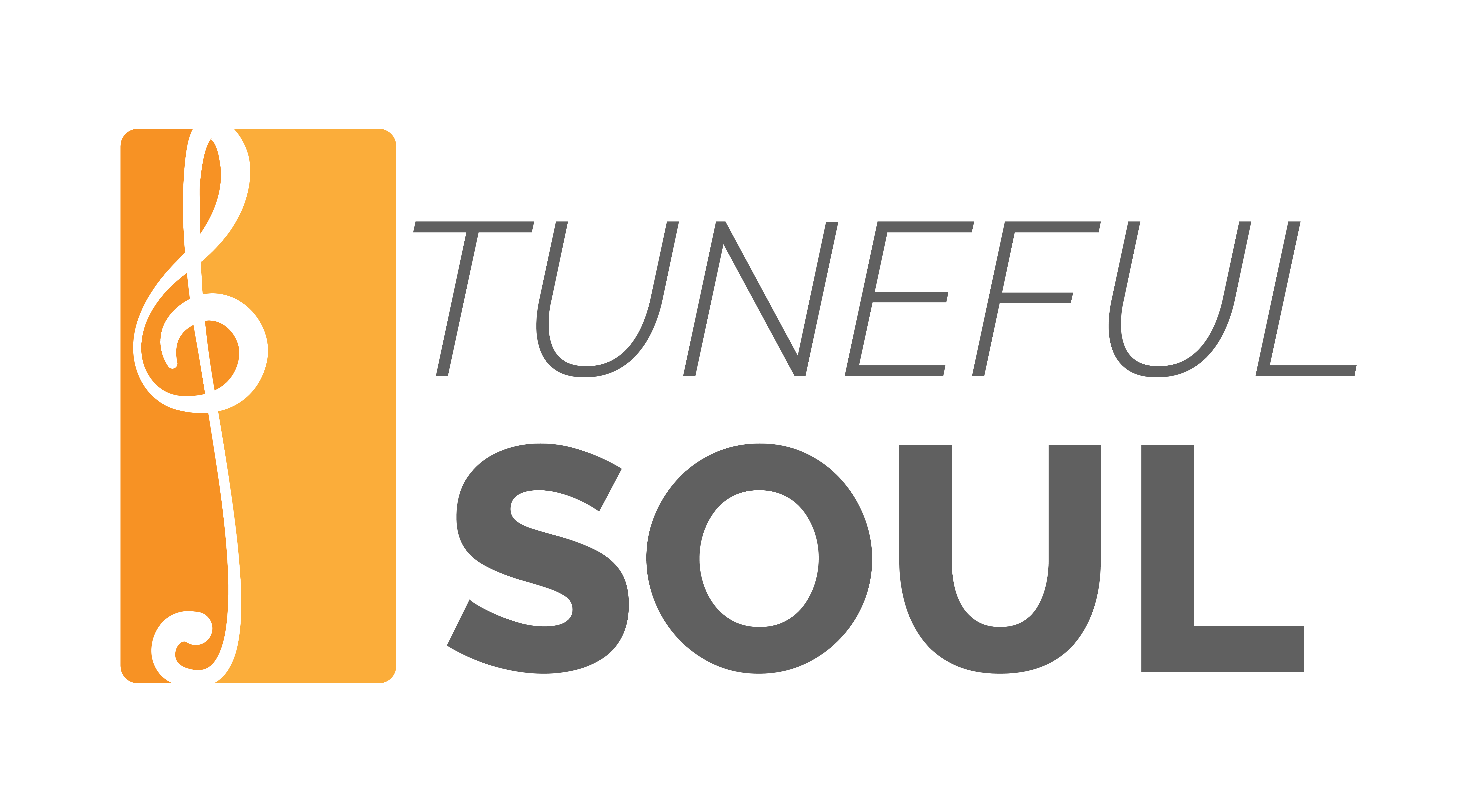The CODE: A Message To Hostages Hidden In A Song
In 2010, the Revolutionary Armed Forces of Colombia (FARC) militants kidnapped many soldiers and held them hostage. After the FARC sent footage to Colonel Jose Espejo, retiring after 22 years of service, the Colombian army had to do something to deescalate the situation. In the footage, soldiers were in bad condition, suffering from flesh-eating diseases, and he couldn’t step down with the thought of his men suffering in exile.

Ortiz, a famous anti-drug advertising campaigner in Colombia, was the go-to of Colonel Espejo. Ortiz assembled an elite team of advertisers and brainstormed how they could encode a message to the soldiers without their captor’s knowledge. The FARC guerillas allowed their hostages to have radios, so the message had to be through radio. Advertiser Alfonso Diaz came up with the idea to hide the message in Morse code, and Ortiz thought it ought to be in a song.
Colonel Espejo was thrilled by the idea, he knew most soldiers knew Morse code, and the untrained guerilla fighters would be oblivious. They got the help of a Morse code skilled military policeman, and after a few weeks, they had the message; “19 people rescued, you are next. Don’t lose hope.” To an unsuspecting ear, it sounded like ordinary percussions after the chorus.
The 130 small government-controlled radio stations shared the song with 3 million people, and the song was a huge hit in the jungle areas where the FARC had set up camp. Operation Chameleon, a commando operation through the song, “Better Days,” signaled many hostages to move when soldiers were around.
Colonel Espejo Retired, the FARC lost and released their hostages after Operation Chameleon was a huge success.
